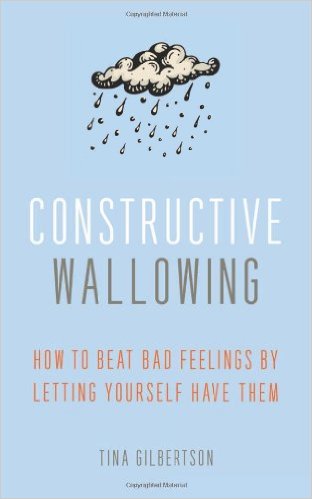By Dr. Shoshana Shea
Simply put, when someone asks us to do something we are capable of doing, we often feel guilty, anxious, and obliged to do it; that doesn’t mean we should though. Ever notice how being efficient and competent can sometimes feel like a punishment? Or when no one else is taking responsibility for a task, and the task needed to get done two days ago, and that even though you are screaming “No!” inside, you absolutely won’t do it this time, the other side of your brain betrays you, and tells your foot to step forward?
The paradox in all of this is that, in an effort to be helpful and connected, we end up feeling resentful and disconnected.
From an evolutionary biological standpoint, individuals who were able to live in cooperative societies, were able to survive, thrive, and pass on their genes; i.e., our ancestors. So not only is it in our ‘hard wiring’ to say yes without thinking about it, we have many societal and familial reasons to not say no as well. A compliant easy-going child gets praised, and a ‘difficult,’ more independent one often gets punished and shamed.
Don’t get me wrong; I’m not advocating for people to not be helpful and amenable; I’m asking that we pause to consider a few factors before proceeding with an action.
Here are a couple of points to take into account the next time your co-worker, mom, PTA president, the dog groomer, or even the dog asks (or implies that) you should be doing something:
1. Just because you are able to do something, doesn’t mean you should! Make this your new mantra, “Just because I can, doesn’t mean I should.”
2. Do you truly have the capacity? Especially in the larger scheme of your life, is the balance tipped all the way towards doing things for others, while there isn’t enough time, energy, and/or space left over for you?
3. Saying yes is not necessarily always good for the other individual;
4. Even more important, saying yes is not necessarily good for the RELATIONSHIP. *See paradox above. The intention may be that you are saying yes to preserve the relationship, but the outcome may end in you feeling resentful, and ultimately destroy the relationship.
5. It’s OK to say no. Period. End of story; actually, there is no story; no explanation is needed.
6. Even extremely kind compassionate leaders say no sometimes. Saying no clears the path to say yes and build consistency and trust in a relationship.
7. Check your body; what is it saying? When you get that anxiety drop in your stomach and your thoughts start spinning, your body is trying to get your attention.
8. Pause next time this comes up; ask yourself if you really want to.
9. And lastly, and just as important (if not the most important), check to see what emotions are there. Are you feeling anxious, guilty, sad, frustrated?




















































